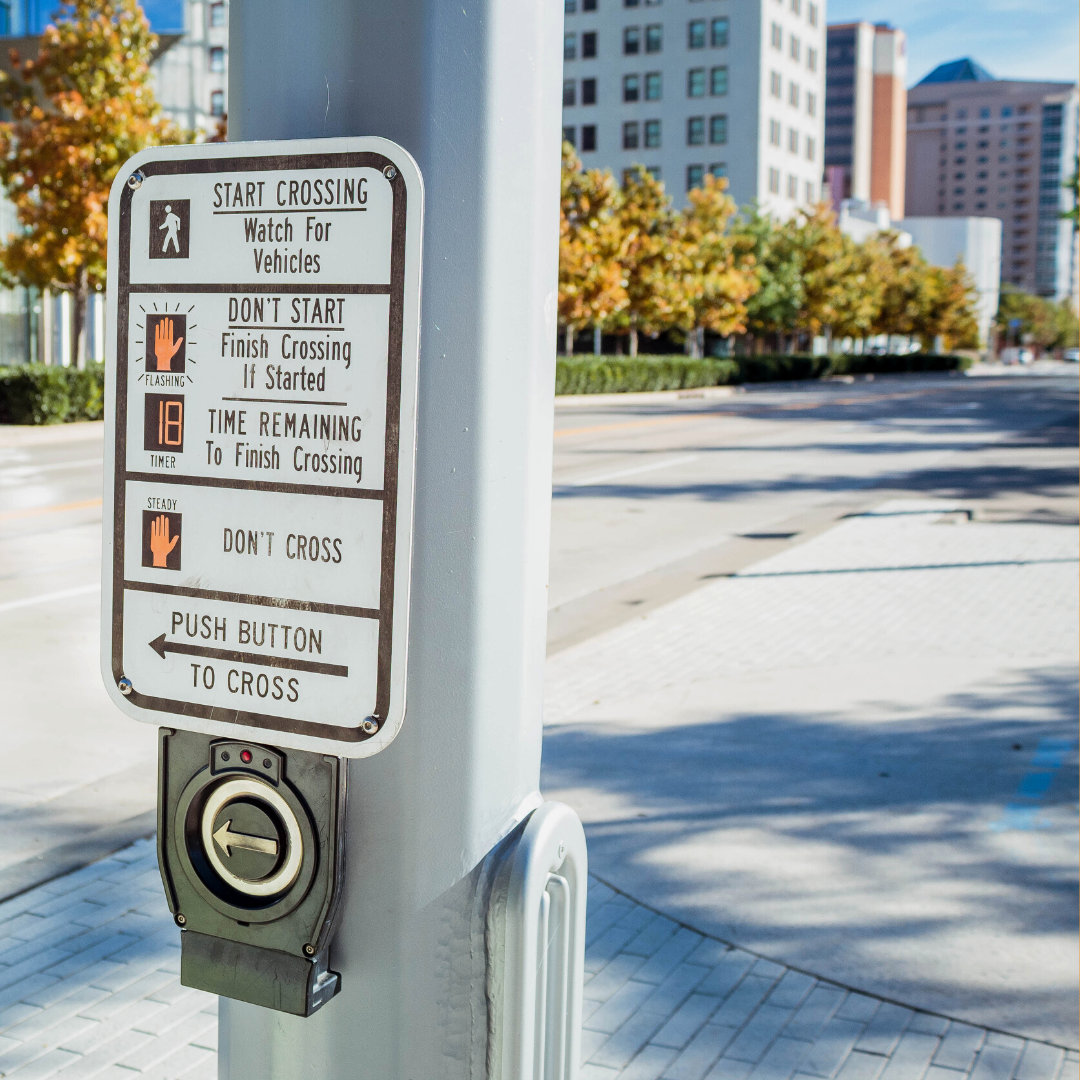New California Law Decriminalizing Most Jaywalking Infractions Takes Effect

California’s Freedom to Walk Act took effect on Jan. 1, allowing pedestrians to walk outside of a designated crossing point in cases where there’s no immediate danger.
Assembly Bill 2147 prevents law enforcement officers statewide from “stopping a pedestrian for specified traffic infractions unless a reasonably careful person would realize there is an immediate danger of collision with a moving vehicle or other device exclusively without human power.” Collisions involving jaywalkers will still be handled on a case-by-case basis.
AB 2147 was introduced in 2018 by Assemblyman Phil Ting, D-San Francisco, and co-authored by Assemblymember Luz Rivas, D-Glendale. Gov. Gavin Newsom vetoed the initial bill, but signed a revised version into law in October.
Assemblymember Ting told LAist.com that while it is still technically illegal to cross in the middle of the street, law enforcement officers will no longer ticket people who do not pose an immediate danger to others, including motorists, bicyclists and other pedestrians. “(W)e’re directing law enforcement not to cite people, unless there’s an immediate hazard,” Ting said.
California is the second state to decriminalize jaywalking, following the lead of Virginia, which passed similar legislation in March 2022. A report from Yahoo! News said the law had no discernable impact on pedestrian deaths in Virginia, which totaled 125 in 2021, according to the Governor’s Highway Safety Association.
Prior to AB 2147 taking effect, pedestrians could be arrested without a warrant for entering roadways and crosswalks under most circumstances. These arrests would result in an infraction with a fine of roughly $200, plus court costs. Before 2018, it was illegal to cross the street when the countdown meter was flashing, even if the pedestrian was walking within the boundaries of a crosswalk.
Do you have clients in need of quality medical care on personal injury liens? Power Liens has your back. Please check out some of the amazing doctors in our network:

Center for Pain Control
Pain Management
San Leandro | Sacramento | Encino | Oakland | Fresno | Stockton | Hayward | Visalia | Laguna Hills | Bakersfield | Oxnard | Modesto | Victorville

Haven Orthopedics & Spine Institute
Orthopedic Surgeon – Extremities & Hip | Orthopedic Surgeon – Foot & Ankle | Orthopedic Surgeon – Spine | Orthopedist | Pain Management
Rancho Cucamonga

Interventional Spine Care and Orthopedic Regenerative Experts (iSCORE)
Pain Management | Physical Medicine & Rehab
Glendale | Arcadia | Palmdale







